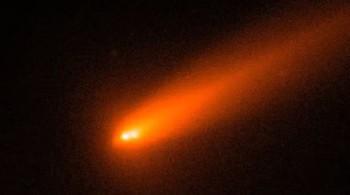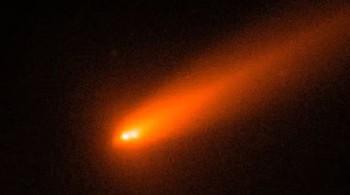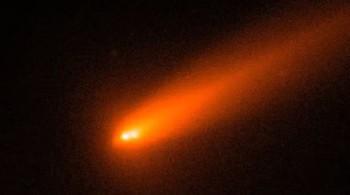
Earthquake of magnitude 5.1 hits Iran, sparks speculations of nuclear testing
On Friday, a significant earthquake of magnitude 5.1 struck the northern region of Iran, specifically in the Semnan area. The earthquake, which was reportedly felt as far away as the capital city of Tehran, has sparked widespread speculation about the nature of the event. Some have gone as far as to suggest that the earthquake may have been the result of a nuclear test conducted by the Iranian government, while others have dismissed the idea as unfounded.
According to reports, the earthquake occurred at around 11:17 am local time, with its epicenter located approximately 100 kilometers east of Tehran. The tremors were reportedly felt across the region, with witnesses describing the event as a strong and intense shaking.
The Iranian government has yet to officially comment on the cause of the earthquake, fueling speculation and concern among international observers. Some have pointed to the fact that the earthquake occurred near the city of Pardis, which is home to a major space and missile complex. This has led some to speculate that the Iranian government may have been conducting a nuclear test in the area, despite the country’s official claims to the contrary.
However, seismic data suggests that the earthquake was a natural event, with experts pointing to the region’s geological history and tectonic activity as the likely cause. Iran is located in a seismically active region, and earthquakes are a common occurrence in the country.
Despite this, the speculation surrounding the earthquake’s cause has only added to the tension and uncertainty in the region. The Iranian government has been under increasing pressure in recent years due to its nuclear program, which has been the subject of intense international scrutiny and controversy.
The International Atomic Energy Agency (IAEA) has been monitoring Iran’s nuclear activities, and has repeatedly expressed concerns about the country’s compliance with international nuclear safety standards. The IAEA has also called on Iran to provide more transparency and cooperation in its nuclear program, a request that the Iranian government has thus far refused to comply with.
The current situation is all the more concerning given the heightened tensions in the region. The nuclear program has been a major point of contention between Iran and its regional rivals, including Israel and Saudi Arabia. The two countries have been engaged in a bitter rivalry for years, with tensions escalating in recent months.
The earthquake has also sparked concerns about the potential risks and consequences of a nuclear test in the region. A nuclear test would not only pose a significant threat to the region’s inhabitants, but could also have far-reaching global consequences.
In the face of such uncertainty and speculation, it is crucial that international observers and experts continue to monitor the situation closely. While the seismic data suggests that the earthquake was a natural event, it is essential to remain vigilant and to continue to press for greater transparency and cooperation from the Iranian government.
In the meantime, the people of Iran will be left to deal with the aftermath of the earthquake, which has caused significant damage and disruption to daily life. The country’s emergency services are working to respond to the disaster, with rescue teams and aid pouring in from across the region.
As the situation continues to unfold, one thing is clear: the people of Iran and the international community need greater clarity and transparency about the nature of the earthquake and the intentions of the Iranian government. Only through open communication and cooperation can we hope to build a safer and more stable future for all.
Source:






